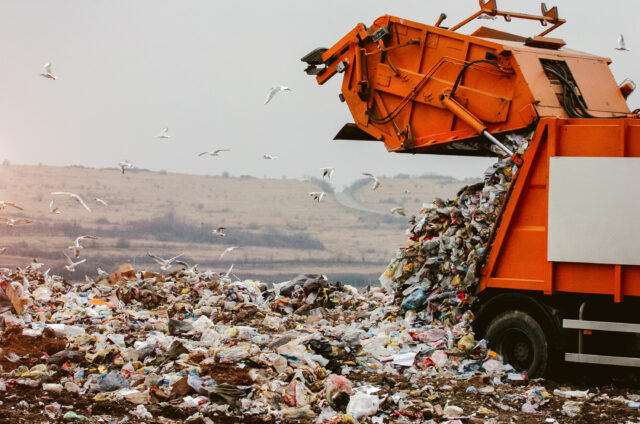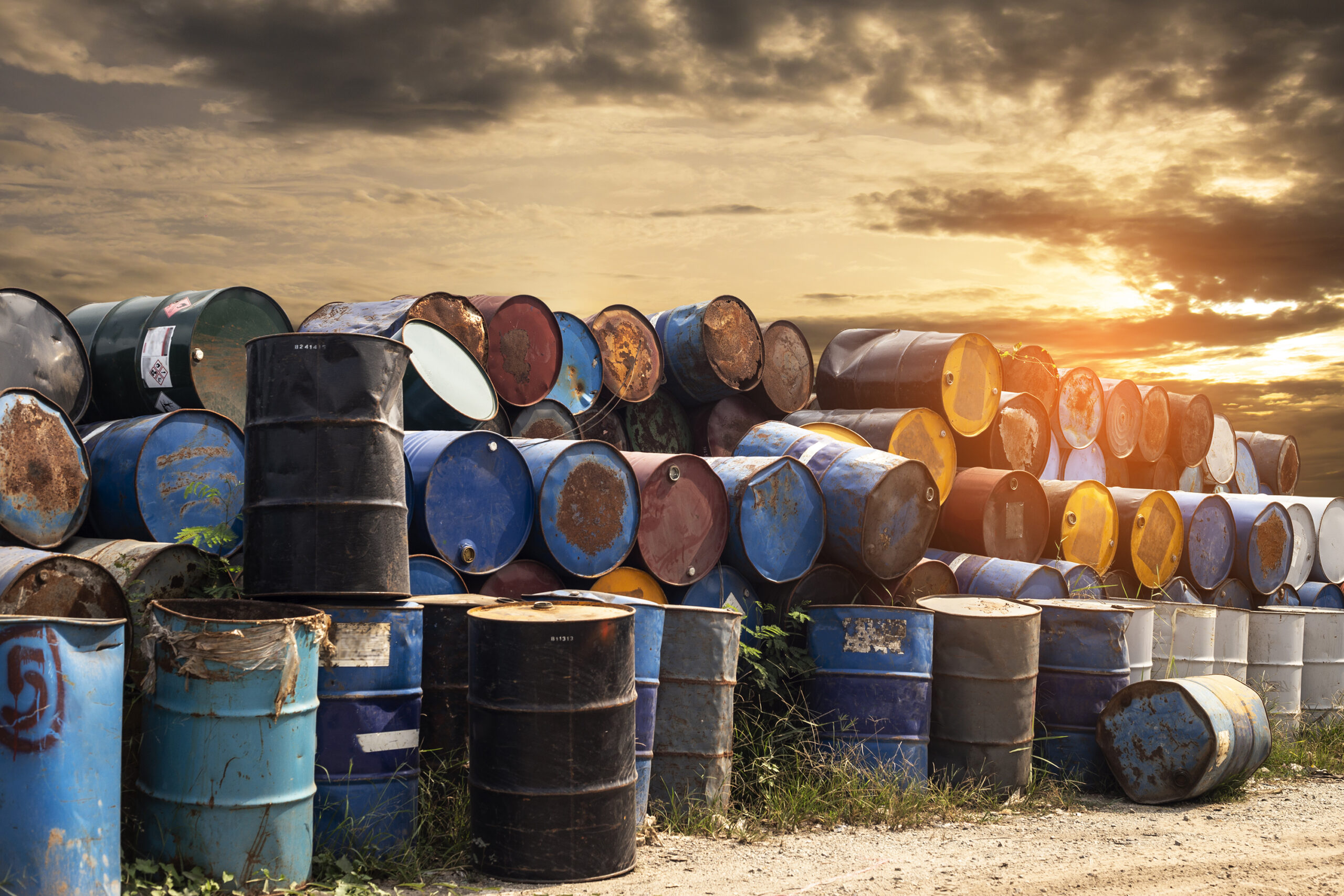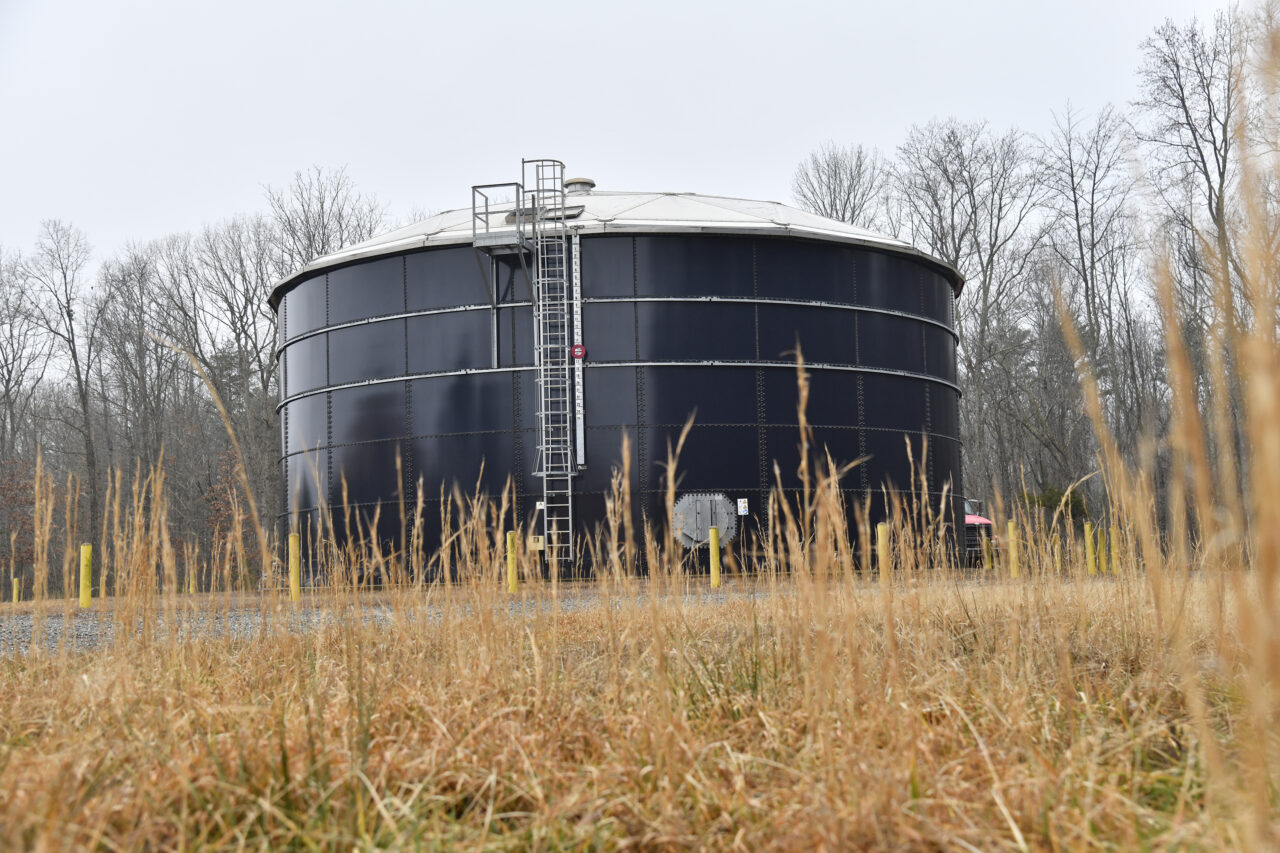How Will Recent US EPA Actions Concerning PFAS Affect the Solid Waste Industry?

In the past month, the United States Environmental Protection Agency (US EPA) has made several major announcements concerning per-and polyfluoroalkyl substances (PFAS) and how their historical release into the environment will be regulated moving forward.
On April 10, 2024, the US EPA announced its final National Primary Drinking Water Regulation (NPDWR) for six PFAS compounds commonly found in drinking water throughout the country. Just nine days later, the US EPA issued the Final Rule designating two PFAS compounds, perfluorooctanoic acid (PFOA) and perfluorooctane sulfonic acid (PFOS), as hazardous substances under the Comprehensive Environmental Response, Compensation, and Liability Act (CERCLA). The US EPA published the Final Rule in the Federal Register on May 8, 2024, and the rule will become effective on July 8, 2024. The US EPA simultaneously issued a separate CERCLA enforcement discretionary policy.
How do these two regulatory actions affect the solid waste industry? Below is a discussion concerning the CERCLA regulation followed by the drinking water regulation.
What is CERCLA?
 CERCLA was enacted in 1980 by the U.S. Congress to make polluters clean up and pay for environmental issues they caused, regardless of when the contamination occurred. When enacted, CERCLA applied to the disposal of hazardous substances in the 1950s and 1960s that occurred before the Clean Water Act and CERCLA existed, such as Love Canal.
CERCLA was enacted in 1980 by the U.S. Congress to make polluters clean up and pay for environmental issues they caused, regardless of when the contamination occurred. When enacted, CERCLA applied to the disposal of hazardous substances in the 1950s and 1960s that occurred before the Clean Water Act and CERCLA existed, such as Love Canal.
The investigation and remediation program created by CERCLA is commonly referred to as Superfund. There are currently 40,000 federal Superfund sites in the country; 1,300 of them are on the National Priorities List. The largest Superfund sites are rivers with contaminated sediments.
CERCLA gives the US EPA the authority to enforce potentially responsible parties (PRPs) to perform or pay for the cleanup. They also have the authority to do extensive research to identify and name the PRPs. The named PRPs are then liable for the following:
- Cleanup costs, including past and future costs incurred by the federal government;
- Damages to natural resources;
- Certain health assessment costs; and
- Injunctive relief (i.e., performing and paying for cleanup) where a site may present an imminent and substantial endangerment to human health or the environment.
PRPs Defined Under CERCLA
There are four types of PRPs:
- Current facility owners and operators, including persons or companies that made decisions related to how the property was managed. An operator is defined as someone who manages, directs, or conducts operations specifically related to the pollution, is involved with disposal of hazardous substances, or is responsible for compliance with environmental regulations.
- Past facility owners and operators at the time the disposal of hazardous substances occurred.
- Generators and parties who arranged for the disposal or transport of hazardous substances.
- Transporters of hazardous substances, but only when the transporter selected the site where the disposal of hazardous substances took place.
For solid waste facilities, including organic food waste compost facilities, the material containing hazardous substances is leachate. Accordingly, local governments, regional authorities, private haulers, and private waste companies may fit the definitions of owner, operator, arranger, or transporter.
CERCLA Liability Has Teeth

The reason CERCLA is effective in the remediation of contaminated properties is because CERCLA liability is retroactive, joint and several, and strict. Retroactive liability means that a PRP is liable for past impacts to the environment. Joint and several liability means that a party can be held responsible for the entire cleanup costs, regardless of the percentage of the contamination caused by the party. Strict liability means the PRP is liable if the handling of the hazardous substance was negligent, as well as if it was done in accordance with industry standards.
CERCLA enforcement can be triggered for a PRP when hazardous substances are present at a facility and a release of the hazardous substance has occurred or if there is a potential for a release to occur. CERCLA can also be triggered when response costs have been incurred or will be incurred.
CERCLA PFAS Enforcement Discretionary Policy
The US EPA indicates in the enforcement discretionary policy issued on April 19, 2024, that it does not intend to name certain entities as PRPs regarding the presence of the PFAS compounds that were designated as hazardous substances. The US EPA explains that it does not intend to pursue otherwise PRPs where equitable factors do not support seeking response actions or costs under CERCLA, including, but not limited to, the following entities:
- Community water systems and publicly owned treatment works (POTWs);
- Municipal separate storm sewer systems (MS4s);
- Publicly owned/operated municipal solid waste (MSW) landfills;
- Publicly owned airports and local fire departments; and
- Farms where biosolids are applied to the land.
The enforcement discretionary policy does not explicitly include privately owned/operated landfills. However, it appears to include an allowance to extend the policy to potential other parties who act the same as publicly owned/operated MSW landfills.
While this enforcement discretionary policy may protect landfill owners/operators from being named as a PRP, it does not prevent another identified PRP or a third party from filing a civil action suit against a landfill owner/operator if the landfill potentially contributed to the pollution.
Final National Primary Drinking Water Regulation
This regulation has established an initial list of compounds with the following legally enforceable drinking water standards—also known as maximum contaminant levels (MCLs) —when measured as individual contaminants:
- PFOA – 4.0 parts per trillion (ppt);
- PFOS – 4.0 ppt;
- PFHxS – 10.0 ppt;
- PFNA – 10.0 ppt; and
- HFPO-DA (commonly known as GenX chemicals) – 10.0 ppt.
To account for combined and co-occurring levels of these PFAS in drinking water, this rule also sets a Hazard Index MCL of 1 for PFAS mixtures containing two or more of the following compounds: PFHxS, PFNA, HFPO-DA, and PFBS.
The NPDWR has also established compliance deadlines for public water systems:
- Public water systems must complete initial monitoring for these PFAS in drinking water by 2027, followed by ongoing compliance monitoring. Water systems must also provide the public with information on the levels of these PFAS in drinking water beginning in 2027.
- Public water systems have until 2029 to implement solutions that reduce the level of these PFAS in drinking water if monitoring shows that MCL levels exceed the regulatory standards.
- Beginning in 2029, public water systems with PFAS in drinking water at levels that violate one or more of these MCLs must take action to reduce PFAS levels and must provide notification to the public of the violation.
One result of having established MCLs is that POTW discharges to surface water bodies will be scrutinized. To comply with the NPDWR, POTWs will likely require its industrial customers to pretreat their respective waste streams before sending it to the POTW.
Funding Available to Address PFAS Concerns
 These sweeping regulations may present an unanticipated burden on your future budgets. To help offset this burden, funding to implement upgrades to address PFAS is available through the Bipartisan Infrastructure Law (BIL). Passed by the U.S. Congress in 2021, the BIL provides the US EPA with more than $50 billion to distribute to states, tribes, and territories through the State Revolving Fund (SRF) program for water and sewer infrastructure improvements. The US EPA implements the SRF program through state agencies that ultimately provide funding to municipalities through grant and loan programs. A significant share of the $50 billion will be set aside to address emerging contaminants, including PFAS.
These sweeping regulations may present an unanticipated burden on your future budgets. To help offset this burden, funding to implement upgrades to address PFAS is available through the Bipartisan Infrastructure Law (BIL). Passed by the U.S. Congress in 2021, the BIL provides the US EPA with more than $50 billion to distribute to states, tribes, and territories through the State Revolving Fund (SRF) program for water and sewer infrastructure improvements. The US EPA implements the SRF program through state agencies that ultimately provide funding to municipalities through grant and loan programs. A significant share of the $50 billion will be set aside to address emerging contaminants, including PFAS.
Specifically, $1 billion is available through the Clean Water State Revolving Fund (CWSRF) to address emerging contaminants in wastewater and stormwater systems. Capital projects (e.g., leachate treatment) that prevent or reduce leachate pollution from publicly owned landfills are eligible. All funding will be provided as grants or principal forgiveness loans. In addition, states are beginning to provide funding with a focus on addressing PFAS.
Now is the time to begin planning for landfill leachate solutions by preparing preliminary engineering reports, estimating costs, and reserving funding for any required matches. Facilities that are prepared will be first in line for funding and their grant application will be more competitive.
Over the last decade, LaBella has helped clients tackle challenges posed by PFAS-related regulations, gaining experience in treating potable water supplies, representing landfill owners required to investigate closed landfills for PFAS, and providing cleanup strategies for private and municipal clients affected by enacted PFAS regulations. We understand the PFAS-related obligations you may face and are committed to leveraging our years of comprehensive expertise in these areas to help you explore innovative solutions to navigate these challenges.

About the Author
Jenny JohnsonVice President, Director of Waste & Recycling
Since 1998, Jenny has provided solid waste consulting services to facilities in Virginia, West Virginia, North Carolina, South Carolina, Alabama, New York, and Maryland. As Director of Waste & Recycling for LaBella, Jenny oversees all fiscal and technical aspects of the division’s projects, clients, and personnel. She is responsible for client and regulator relations as well as ensuring internal resources are allocated appropriately. Her experience includes landfill permitting and compliance, negotiations with regulators, groundwater remediation, odor management, landfill gas collection and control systems, and stormwater management.
Jenny has served on several Regulatory Advisory Panels for amendments to Solid Waste Management Regulations and Stormwater Regulations. She has also testified at the General Assembly on legislative bills concerning solid waste. Additionally, Jenny has provided regulatory training to stakeholders concerning changes to both the Solid Waste Management Regulations and Stormwater Regulations. She has presented at WasteExpo, SWANA AL and VA Chapter conferences, and the Environment Virginia Symposium. Since 2022, Jenny has sat on the Virginia Waste Management Board.